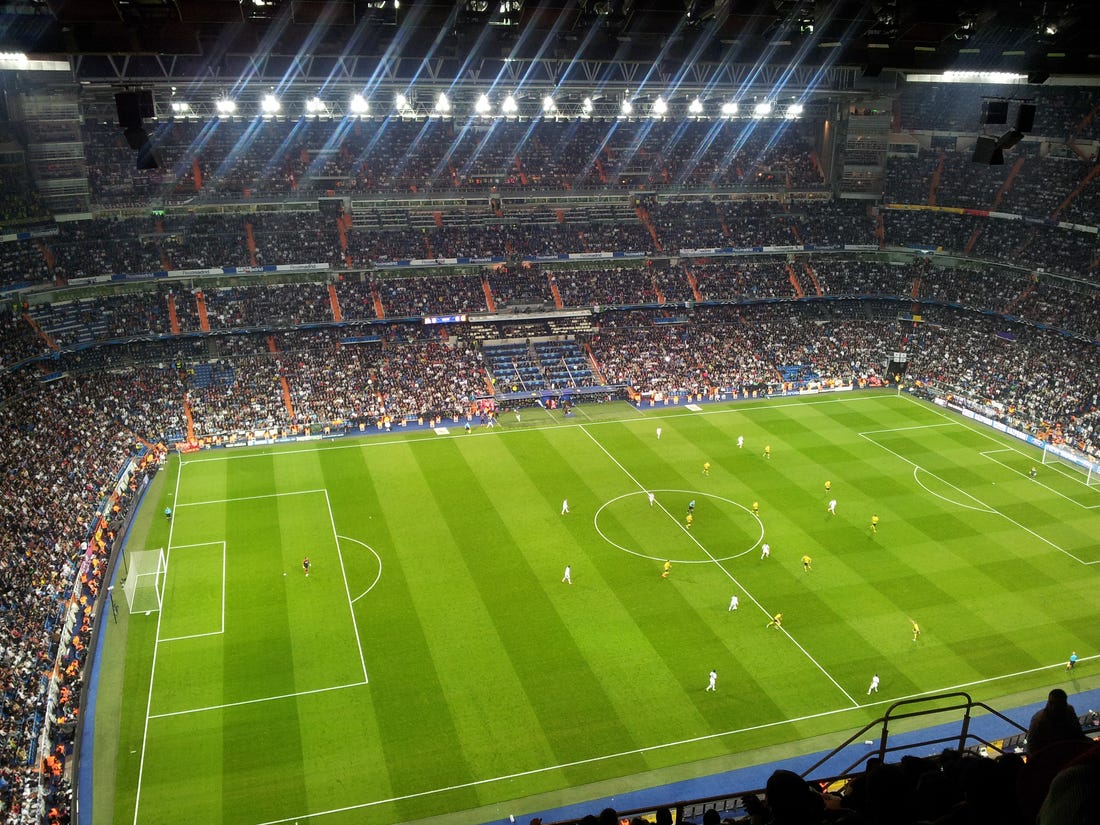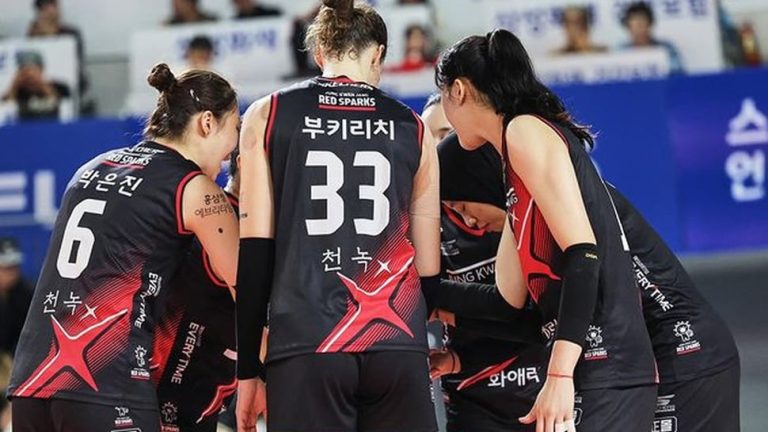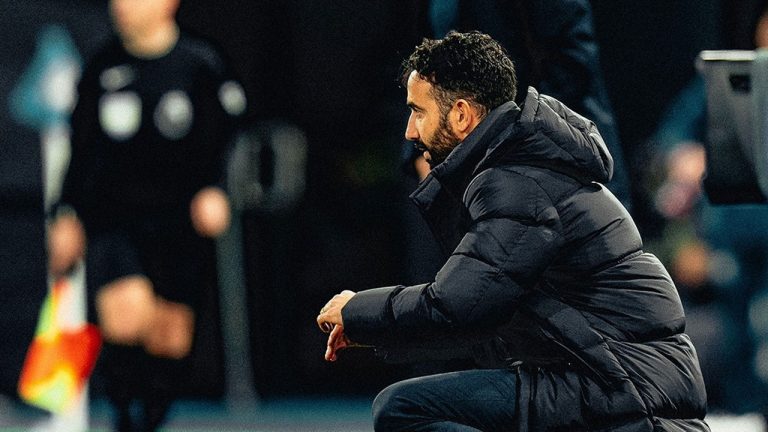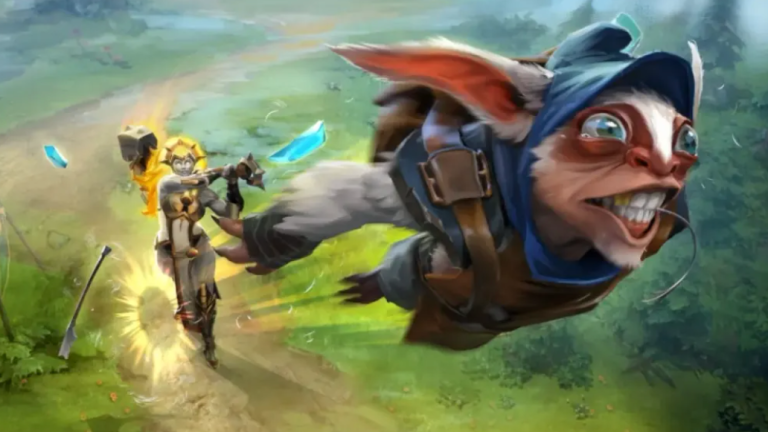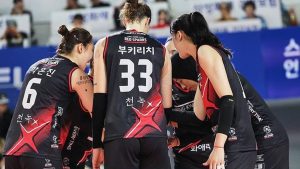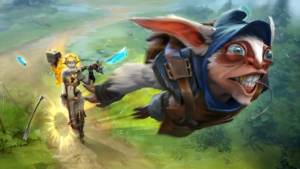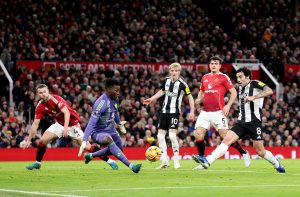As an important factor, professional football sets specific standards for the pitch used. The field is not only overgrown with grass but also flat with a good drainage system, so that it is not flooded when it rains. There are several factors that are assessed, such as the bounce height and the distance to which the ball should roll.
For drainage matters, the most common way is to arrange the soil in the field with a turtle back model to a certain degree. So that the water will flow to the edge of the water channel on the edge of the field. Although some modern stadiums also place exhaust pipes underneath the pitch that can serve to drain hot water and make the snow above melt.
However, if you pay attention, the fields now, especially in the major European leagues, are mostly smooth like a carpet with patterns. Even football field grass that has a pattern has become common now in Indonesia though. These patterns also vary, ranging from just lines, circles, to forming unique motifs.
“Please keep the field neat and beautiful” said Purwanto. The answer came out because I asked him about the stripes pattern on the green field on one occasion. I did ask the right person, Purwanto, who when I asked him was pulling the water hose to water the field, was a former national best referee. After retiring, he did get a special task to maintain the Brawijaya stadium field, Kediri. This responsibility is part of his duties as a civil servant in the Department of Parks and Environment.
Purwanto’s answer is quite logical when referring to the existing rules. Lines parallel to the linesman can keep the assistant standing in the right place, avoiding the illusion of offside. The beauty of the field is also evident from the increasing number of variations that exist.
There are no specific rules in Laws of the Game that govern these patterns. The rules only determine the quality of the pitch itself. It’s just that what is prohibited are those that form certain symbols that violate competition rules. For example, in Croatia’s match against Italy in the Euro 2016. At that time, the pattern in one small area of the field forms a symbol of the Nazi swastika.
The appearance of this unexpected symbol could be because the referees were not aware of it. Before the match was held, the referee did have the task of checking the field while warming up. He must make sure the pitch is suitable for running a match. The question is then, how do you make patterns in the field?
Do you know that it is not a matter of thickness and thin differences of grass? When you see the grass on the football field forms a line because it is a different color. The combination of dark and light green forms a certain pattern. Even the color gradations can be more than two kinds.
There are various ways of making it, some might think that the color gradation occurs because there are differences in the height of the grass. This can indeed be done but very avoided, especially if used in official matches. The difference in the height of the grass will make the ball’s bounce and roll distance different from place to place.
Meanwhile, if you use artificial grass, it will be easier to shape. The grass from the mill can be ordered in a suitable color without affecting the difference in quality. Although most of the existing natural grass is actually also made “factory” and planted in the field when it is grown.
The most common and probably the most rare way we know is to direct the grass in a certain direction. The difference in direction will make the reflection of light different and the grass will appear to have a different thickness. If the grass is cut away from the angle we see it will appear lighter, while on the other hand it makes the grass darker.
Even cutting it must use a special technique so that the results can be maximized. The mower is also given an additional tool so that the grass is bent. The grass bent away from us will make the reflection of the light wider and the color will be lighter. Whereas those bent towards us make the reflection slightly plus there is a shadow, so that the color becomes dark.
The different direction of the grass that makes the color contrast is hard to believe for some people. If you are still confused and do not believe the theory above, you can prove it. Please visit the following page, this page is an interactive 360-degree photo of the Camp Nou Stadium, Barcelona.
Stand in the middle of the court facing the bench and watch the color of the grass. If you have then turned in a different direction, then the color was dark will be bright, and vice versa.
ASL

